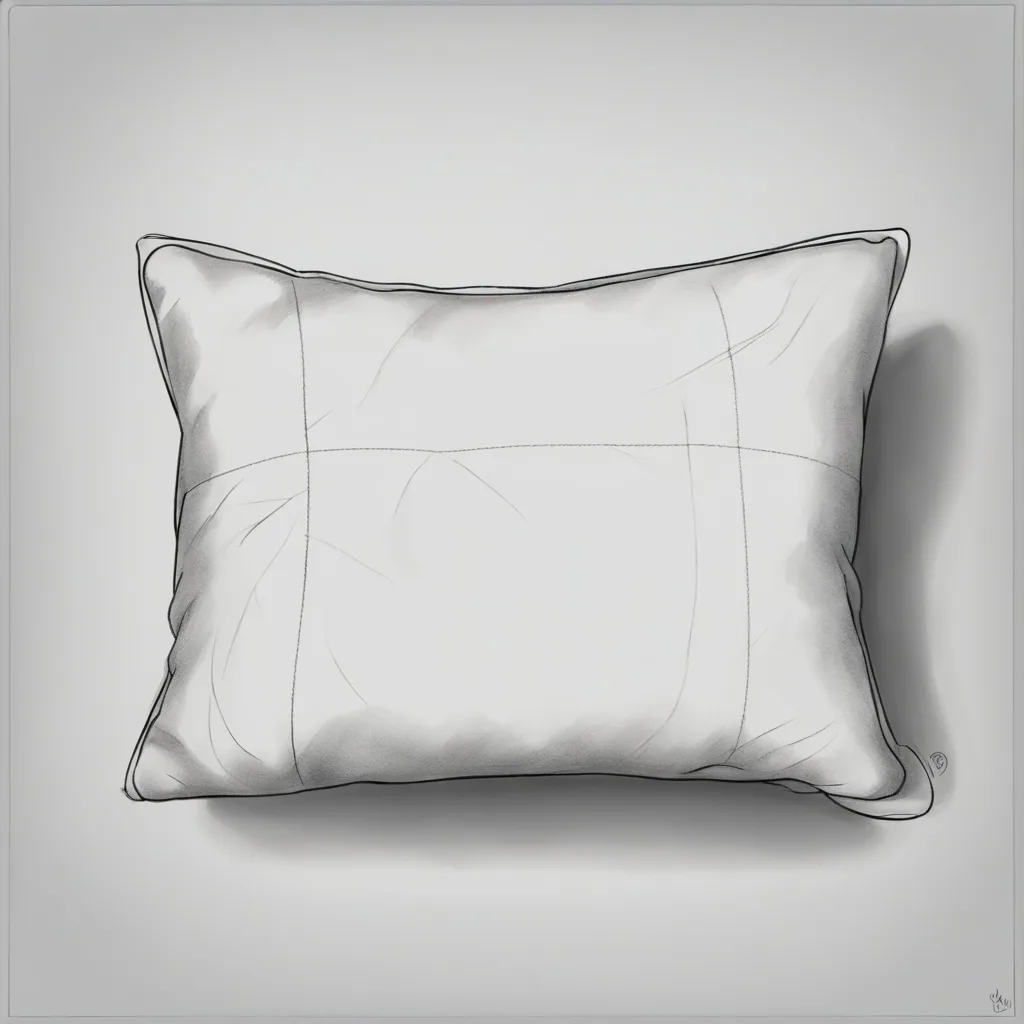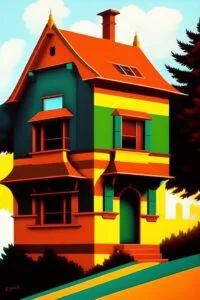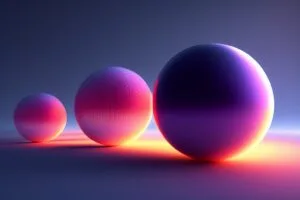Do you ever find yourself yearning to capture the warm and comforting essence of a pillow in your artwork? For those with a youthful spirit, diving into the world of art and taking on the challenge of drawing a pillow can bring immense joy and satisfaction. In this blog post, we’ll guide you through the process of drawing a pillow, offering helpful tips and tricks throughout.
Materials You’ll Need:
Before you begin, make sure you have the following materials:
- Opt for a top-notch paper that can handle the medium you plan to use, whether it’s pencil, charcoal, or pastels.
- Choose the drawing medium that suits your fancy – graphite pencils, charcoal, pastels, or even digital drawing tools.
- A high-quality eraser is a must-have tool for making corrections and highlights.
- Having a reference image of a pillow can be quite useful when you’re drawing.
Step 1: Sketch the Basic Shape
Begin by sketching a basic rectangle to depict the pillow’s body. There are a wide range of sizes and shapes when it comes to pillows, so it’s important to choose the dimensions you want to depict in your drawing. Just follow this step to get started on your pillow drawing.
Step 2: Add Dimension
For a more vibrant appearance, enhance the dimensions of your pillow drawing. Imagine using curved lines to give the pillow a sense of depth. Just a friendly reminder, pillows aren’t completely flat. They actually have a bit of volume to them.
Step 3: Texture and Details
Reading about pillows brings out the childlike wonder in me. For capturing this in your drawing, start by sketching some curving lines and gentle hatching to depict the fabric folds and creases. Just by following this step, your pillow drawing will come to life with a touch of realism.
Step 4: Shadow and Shading
Discover the magic of shading as your pillow transforms into a work of art. Consider the light source in your reference image (or imagine it if you don’t have one) and incorporate shadows on the opposite side. As you gaze upon the pillow, you’ll notice how the edges create gentle shadows, while the creases you’ve sketched bring a sense of depth with their varying shades.
Step 5: Highlights and Final Touches
For an extra touch of realism, consider adding some highlights to the surface of your pillow. Exploring its shape and texture is a delightful experience. Just grab your eraser and gently remove some of the shading in the areas that would catch the most light.
Tips and Tricks:
Take a close look at your reference image to really grasp the fine details and texture of the pillow.
Approach your drawing with patience and allow it to develop at its own pace.
Try out various shading techniques, like hatching, cross-hatching, or stippling.
Feel free to get creative and add your own personal touch to your pillow drawing by incorporating unique patterns or designs on the pillowcase.
Frequently Asked Questions (FAQs):
Q1: Is it possible to sketch a pillow without using a reference image?
A: Drawing a pillow from your imagination is possible, but using a reference image will guarantee accuracy. It’s always helpful to have a visual guide!
Q2: What if I have limited experience in drawing? Can I still draw a pillow?
Yes, definitely! This exercise is perfect for those who are just starting out. Begin with basic shapes and progressively enhance your abilities.
Q3: How can I create a more lifelike texture in my pillow drawing?
A: Pay close attention to the intricate details and employ shading techniques such as hatching and cross-hatching to achieve a lifelike texture.
Q4: Is it possible to incorporate custom patterns or designs into my pillow illustration?
Sure thing! Feel free to personalize your pillow drawing with one-of-a-kind patterns, embroidery, or even a fun pillowcase design.
Q5: What is the typical timeframe for developing expertise in drawing pillows?
A: Mastering the art of drawing pillows, just like any other form of artistic expression, requires dedication and practice. With practice, your drawing skills will improve.

Conclusion:
Creating a pillow illustration can be a soothing and imaginative activity, enabling you to hone your drawing techniques and enhance your powers of observation. It’s a delightful method to capture the warmth and snugness of a pillow on paper or canvas. Just keep practicing and experimenting, and before you know it, you’ll be able to create a pillow that looks incredibly realistic. You’ll be tempted to rest your head on it!





